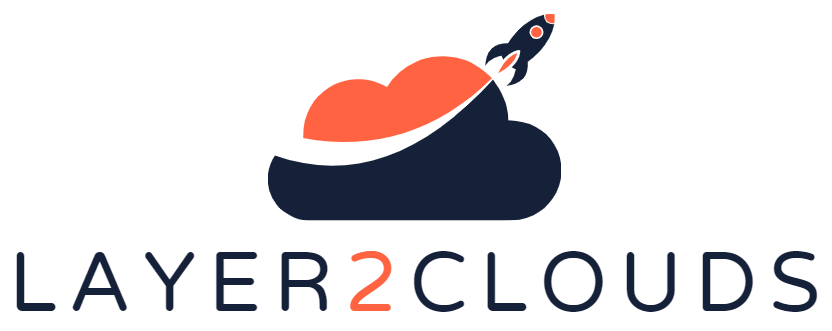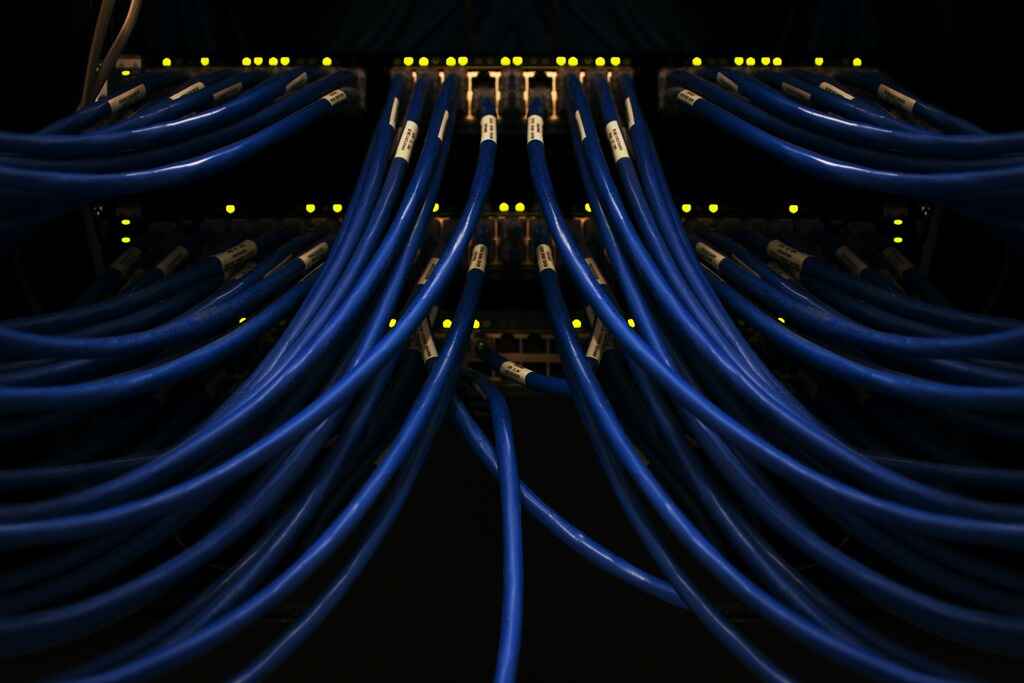In the fast-paced world of business, staying ahead of the curve is crucial. This is particularly true when it comes to technology. The constant advancements and rapid obsolescence of IT equipment pose a challenge for companies of all sizes. Small- and medium-sized businesses (SMBs), in particular, often face budget limitations that make renting computer hardware an attractive option. However, purchasing equipment outright has its own advantages. In this article, we will delve into the pros and cons of both options, helping you make an informed decision that aligns with your business needs.
The Need for Up-to-Date Technology
In today’s digital age, businesses heavily rely on technology to drive their operations forward. From remote work capabilities to software updates, staying current with the latest technology trends is essential. However, keeping up with these advancements can be a daunting task, especially when it comes to hardware. Computers purchased just a year ago can quickly become outdated, requiring costly upgrades or replacements. This is where the decision to rent or buy IT equipment becomes crucial.
Renting: Embrace the Advantages
Renting computer hardware offers several benefits that can help SMBs overcome budget limitations and stay technologically competitive:
- Access to the Latest Technology: Leasing IT equipment ensures that you always have access to the most up-to-date technology. This allows you to keep ahead of your competition and improve the productivity and efficiency of your staff.
- No Unexpected Expenses: Renting allows for easier budgeting and expense control. With a leasing agreement, you don’t have to worry about unexpected maintenance or IT costs. Simply contact your leasing company, and they will handle any hardware or software issues.
- Flexible Upgrade Options: Most rental agreements provide options for trading in old machines for newer models after the specified lease period. This means you can continually upgrade your equipment without the hassle of disposing of or replacing outdated hardware.
However, renting IT equipment also has its drawbacks:
- Higher Overall Costs: Leasing computer equipment can be more expensive in the long run. Monthly leasing fees add up, and over time, you may end up paying more than the equipment is worth.
- Lack of Ownership: When you rent equipment, you don’t own it. Although this may not be an issue if the equipment becomes obsolete by the end of the lease, it means you cannot sell it or make any adjustments to it.
- Monthly Payment Obligations: Renting IT equipment requires you to make monthly payments for the entire lease term. While some leases may offer cancellation options, termination fees can be hefty, especially for new businesses.
Buying: Embrace the Advantages
Purchasing IT equipment outright also comes with its own set of advantages:
- Ownership: Buying equipment means you have full ownership and control over the assets. You can make any adjustments to suit your business needs and specifications.
- Simplicity: Buying equipment is less complicated than leasing. There is no need to navigate through leasing agreements or submit financials. You have the freedom to use and maintain the equipment as you see fit.
- Long-Term Cost Efficiency: While the upfront cost of purchasing equipment may be higher, it can be more cost-effective in the long run. Owning equipment means you don’t have to continually pay monthly leasing fees.
However, buying IT equipment also has its drawbacks:
- Capital Outlay Upfront: Purchasing equipment requires a significant upfront investment, which can strain your business’s cash flow. It may limit your ability to allocate funds to other areas, like marketing or expansion.
- Risk of Obsolescence: Technology evolves rapidly, and equipment purchased today may quickly become outdated. This can reduce your business’s ability to compete in the market and result in additional costs for replacements or upgrades.
Factors to Consider
When making a decision between renting and buying IT equipment, several factors should be taken into consideration. These include:
- Usage: Determine how you will be using the computer equipment. Consider the specific needs of your business, whether it’s graphic design, accounting, or other specialized tasks.
- Compatibility: Assess the compatibility requirements of your business in terms of operating systems and software. Ensure that the equipment you choose aligns with your existing IT infrastructure.
- Future Growth: Anticipate how your business’s technology needs may change as you grow. Consider whether the equipment you choose is scalable and can accommodate future expansion.
- Preference: Decide whether you prefer PCs or Macs based on the specific requirements of your business and the preferences of your employees.
Making the Final Decision
In the end, the decision to rent or buy IT equipment depends on your unique business needs and circumstances. Consider the pros and cons of each option, keeping in mind factors such as future growth, budget limitations, and technological advancements.
Pros and Cons Summary
To summarize the pros and cons of renting and buying IT equipment:
Renting Buying Access to the latest technology Ownership of the equipment No unexpected expenses Simplicity and flexibility Options for upgrading Long-term cost efficiency Higher overall costs Capital outlay upfront Lack of ownership Risk of obsolescence Monthly payment obligations Maintenance and upkeep responsibilities
Possible Equipment You Might Need
When considering IT equipment for your business, it’s important to identify the specific items you may require. The following is a list of common equipment often needed by businesses:
- Computers (desktops or laptops)
- Monitors
- Printers and scanners
- Servers
- Networking equipment (routers, switches, modems)
- Storage devices (external hard drives, NAS devices)
- Peripherals (keyboard, mouse, speakers)
- Audio-visual equipment (projectors, screens)
- Security systems (surveillance cameras, access control)
Deciding whether to rent or buy IT equipment is a critical decision for any business. Renting provides access to the latest technology, flexibility, and cost control, but it can be more expensive in the long run and lacks ownership. Buying offers ownership, simplicity, and long-term cost efficiency, but requires a significant upfront investment and carries the risk of obsolescence. Consider your business’s specific needs, future growth, and budget constraints before making a final decision. Remember, technology is ever-evolving, and staying ahead is vital for the success of your business.

